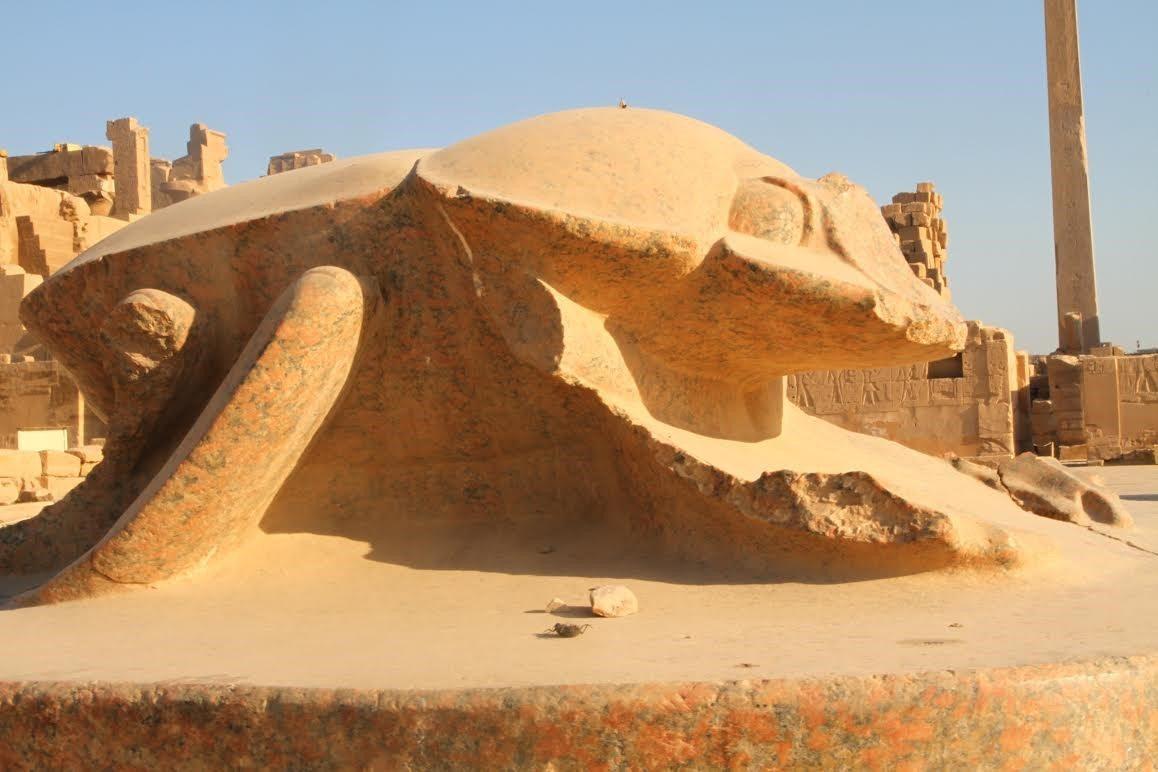Our understanding of the evolutionary origins of modern humans and the migrations which carried hominins around the planet remain in flux. Limited ancient DNA samples and fragmentary fossil evidence make it incredibly difficult to pin down the definitive narrative of the human story. The further we peer into the past the more uncertain the details of this crucially important anthropological narrative.
For much of the last forty years, the scientific community has adhered to the ‘Out of Africa Theory’ for modern human origins, this theory involves several models fused together to best explain 7,000,000 years of human evolution across various hominin species around the globe. Before pointing out any flaws or offering revisions to this understanding let’s first consider a summary of the current consensus account.
Around 5,000,000 years ago, the first recognizable hominins (members of the human family) appeared in the fossil record, uniquely in Africa. Some of our earlier primate ancestors had lived in Eurasia, but existing evidence places the transition from primates to humans in Africa. For millions of years, our human family evolved, with groups splitting off then interbreeding and passing on newly acquired adaptive traits.

Close to 2,000,000 years ago, a few archaic hominins left Africa, and these would eventually give rise to Neanderthals. Our direct ancestors remained behind evolving further until giving rise to early Homo sapiens about 300,000 years ago. These Homo sapiens populations continued to change in form and brain capacity until at last a few groups began to move into the Levant around 130,000 years ago (now resembling modern humans). Between 70,000 and 60,000 years ago the second wave of modern human migrations began, but this time they would end with the colonization of the entire planet and the disappearance of all other hominin species.
Like most of the people alive I accepted this story as being essentially factual, assuming the evidence must really be incredibly solid to have convinced so many competent scientists. As the direct descendant of West African slaves, I also took a little pride in thinking that the first Homo sapiens were Africans and that all modern humans migrated from that continent. Then, one day, for reasons too lengthy to explain here, I looked over the entire body of evidence for myself. During my investigation, I realized that from 2,000,000 years ago up until present almost every extrapolation and interpretations of the data was wrong.
Using the existing evidence available through academic channels, I found that an entirely different theory could be constructed which would better explain the fossil finds and DNA evidence. I will offer here a summary of my model, without offering the necessary evidence and references as these are all supplied in my book. If you are interested to find out more simply download a copy.
It is at 2,000,000 years ago that a single population of early humans (probably in Africa) divided into two groups, those that lived beyond Africa are known as Homo erectus while the others are named Homo ergaster. Homo erectus expanded rapidly and by 1.8 million years ago had reached the Caucasus mountains of Georgia, parts of India and even Indonesia. Around 1,000,000 years ago, a group of these archaic humans even managed to cross the Indonesian seas to Flores. They had passed through the ‘impenetrable’ geological barrier which separated mammals from marsupials, known as the Wallace Line.
Homo erectus had remained fairly static in regards to form, after one million years brain size had increased from a maximal 850cc to 1000cc, and stone technology had been almost completely frozen in time. There is some tentative evidence of new forms from around 1.2 million years ago, but really the next important stage in this journey occurred around 800,000 years ago. Quite suddenly Homo erectus transitions into new anatomical forms, including Homo heidelbergensis, and brain size began an extended period of rapid expansion. Close to this time, and in extremely quick succession, the ancestors of Homo sapiens, Denisovans and Neanderthals began to separate from each other.
This separation happens in such quick succession that it logically occurred in the same geographic location for all three species (or sub-species). There is no way to still consider Homo sapiens a descendant of Homo ergaster and the others as descendants of Homo erectus. Either we must suddenly move Asian Homo erectus back to Africa and say all of this was happening there, or we stick with the mass of evidence which places this divergence event far from that continent. Wherever Neanderthals and Denisovans first began to emerge, that is where Homo sapiens began their climb to the top of the pile.

Recent comparative fossil studies have essentially found no evidence of our species emerging first in Europe, while in East Asia, many fossils appear to be transitional between Homo erectus and new hominin forms. The most obvious conclusion would be that this is where the lineages of these more advanced human types all began before they then expanded across the continent and migrated into Africa. Certainly, that picture is entirely consistent with the available fossil and DNA evidence, and I would understand if some of you favour it to my own slightly different perspective.
We should be wondering why Homo erectus suddenly went through a rapid acceleration in evolution around 800,000 years ago, after over one million years without much noticeable change. What had happened that was so unique that it might have induced this shift?
Now let us remember that hominins had crossed the Wallace Line around 1 million years ago, bringing a large mammal species a short hop away from the coast of Australia for the first time in about 60 million years. No primates, let alone hominins, had ever lived on the vast isolated Australasian landmass with its wealth of unique flora and fauna. I contend that once any early hominins reached Australia, an evolutionary leap would be certain. Climate data suggests that 800,000 years ago the planet was just recovering from an extremely cold period, meaning low sea levels which favour sea crossings (deliberate or accidental).
Unfortunately, sea level rises have wiped clean vast regions of Australia multiple times since that early period. We are unlikely to find fossils of these first hominins, which would have lived on the coast. Instead, we find the first signs of their transfigured descendant in East Asia as they expand out into the world. The ancestors of Neanderthals, Homo heidelbergensis, reached all the way to Africa by 600,000 years ago. The earliest fossils of Homo sapiens found in Africa date to just 300,000 years ago. At present we do not know what the Denisovans looked like and as such, we can’t identify their ancestor’s fossils.

In my model, the various descendants of the Australasian hominins expanded right across to Africa, populating most of Eurasia and retaining that presence until a cataclysm 70,000 years ago which depopulated most of the planet’s hominins. The Northern hemisphere became extremely inhospitable to humans, and two populations of humans were concentrated in sub-equatorial Africa and Australasia. As the climate improved, around 60,000 years ago, a group of fully modern humans emerged from Australia and migrated into Southeast Asia. The descendants of these migrants are today’s Asians, Americans and Europeans, they even reached North Africa around 45,000 years ago and mixed with the local population there.
No matter how controversial and radical my theory might sound (paradigm displacements are always radical) it is entirely consistent with the archaeological remains, paleoclimate data and DNA studies. If you would like to view the evidence behind my model you can find it in my book, The Forgotten Exodus: The Into Africa Theory of Human Evolution.






